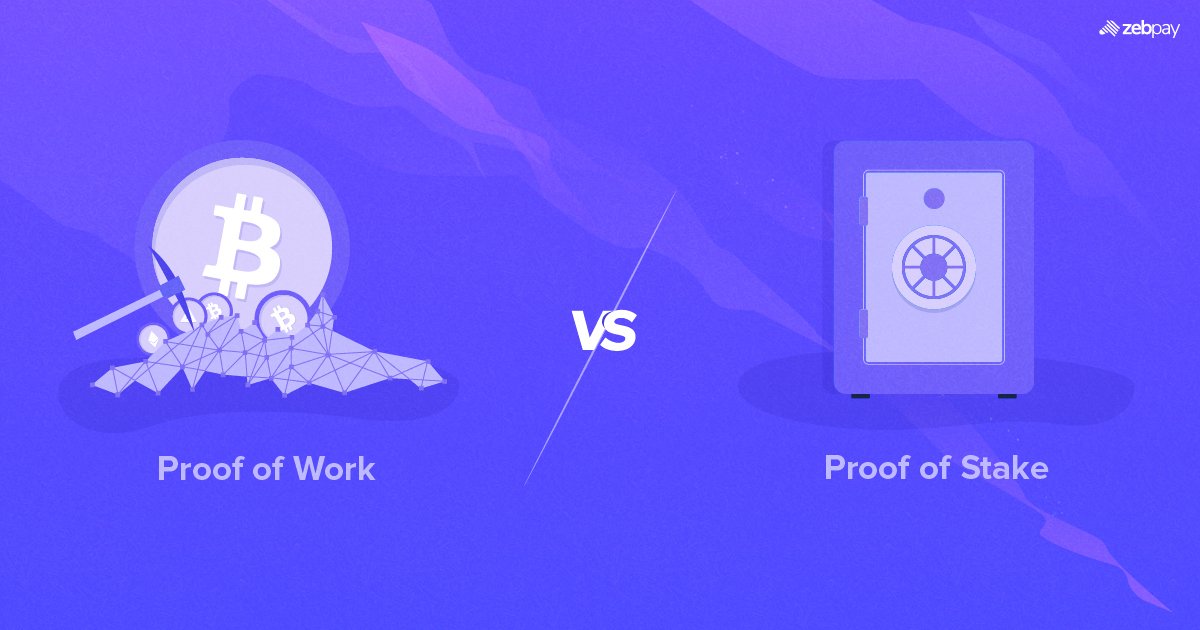Introduction to Polkadot Governance
In decentralized networks like Polkadot, governance plays a crucial role in making decisions that affect the entire community. It helps ensure that everyone’s voice is heard and that the network evolves in a fair and transparent manner. This guide will explain Polkadot’s governance model and how you can participate in shaping its future.
Understanding Polkadot’s Governance Mechanism
Polkadot uses an on-chain governance approach, which means that decisions are made directly on the blockchain by the network’s stakeholders. This is different from traditional centralized governance models where a central authority makes decisions on behalf of everyone.
Read more: What is Polkadot (DOT)
Role of Stakeholders in Decision-making
In Polkadot, stakeholders are individuals or entities who hold DOT tokens, the native crypto of the network. These stakeholders have the power to participate in the decision-making process by voting on proposals and electing representatives.
In centralized systems, decisions are made by a few individuals or entities, which can lead to bias or exclusion of certain voices. Polkadot’s decentralized governance model aims to involve a broader range of participants, ensuring a more inclusive and democratic decision-making process.
Key Components of Polkadot Governance
Polkadot’s governance consists of several key components:
Council: Composition, election, and decision-making process
The Council is a group of elected representatives responsible for proposing and voting on governance decisions. Council members are elected by stakeholders and serve as a bridge between the community and the decision-making process.
Referenda: Proposal submission, voting, and execution
Referenda are proposals submitted by stakeholders for consideration and voting. Stakeholders can vote on referenda to express their preferences. Once a proposal is approved, it is executed on the blockchain.
Technical Committee: Role in code upgrades and maintenance
The Technical Committee is responsible for reviewing and approving code upgrades and maintenance proposals. They ensure that the network remains secure and up-to-date with the latest advancements.
Participating in Polkadot Governance

To participate in Polkadot’s governance, you need to obtain DOT tokens. You can acquire DOT tokens through exchanges or by contributing to the network. Once you have DOT tokens, you can set up a governance account and access the governance tools and interfaces provided by Polkadot.
Read more: Polkadot Staking Guide
Council Elections and Representation
To become a council member, you need to be approved by stakeholders and register through a nomination process. Stakeholders then vote to elect their representatives. Council members play an important role in the decision-making process and represent the interests of the community. Along with controlling the treasury, council members propose referenda and elect the technical committee.
Proposal Submission and Voting
There are different types of proposals in Polkadot: system, treasury, and council proposals. Stakeholders can create and submit proposals for consideration. Once a proposal is submitted, stakeholders can vote on it to express their support or opposition.
Execution and Implementation of Decisions
After a proposal is approved, it goes through an execution process. The network ensures that the approved changes are implemented according to the proposal. Compliance is monitored, and the impact of implemented decisions is assessed.
Managing the Treasury
Polkadot has a treasury system that allocates resources for network development and community projects. Stakeholders can submit proposals to request funding from the treasury. The community votes on these proposals to determine if they should receive funding.
Upgrades and Maintenance
The Technical Committee oversees code upgrades and maintenance proposals. Changes to the protocol are proposed, and stakeholders vote on them. This process ensures that the network remains secure and can adapt to new technological advancements.
Community Engagement and Participation
Active participation and engagement from the community are vital for effective governance. You can participate in governance discussions and forums, contribute ideas and feedback, and stay informed about upcoming proposals and referenda.
Governance Challenges and Considerations
Governance is a complex task, and there are challenges to overcome. Some of these challenges include addressing inefficiencies in decision-making and coordinating actions among a diverse set of stakeholders. Striking a balance between decentralisation and effective decision-making is also important.
Future Developments and Improvements
Polkadot is continuously working on enhancing its governance model. The network has a roadmap for future developments and improvements, including upgrades to the governance mechanisms. These advancements aim to make the decision-making process even more efficient and inclusive.
Read more: Polkadot vs Ethereum
Conclusion
Polkadot’s governance model is a pioneering approach to decentralised decision-making. It allows stakeholders to actively participate in shaping the network’s future. By understanding and engaging in the governance processes, you can contribute to building a fair and transparent ecosystem that benefits everyone involved. So, join the community, make your voice heard, and help shape the future of Polkadot!
You can read more about Crypto, Blockchain and Web 3.0 on ZebPay Blogs. Click on the button below and join the millions trading on ZebPay.







